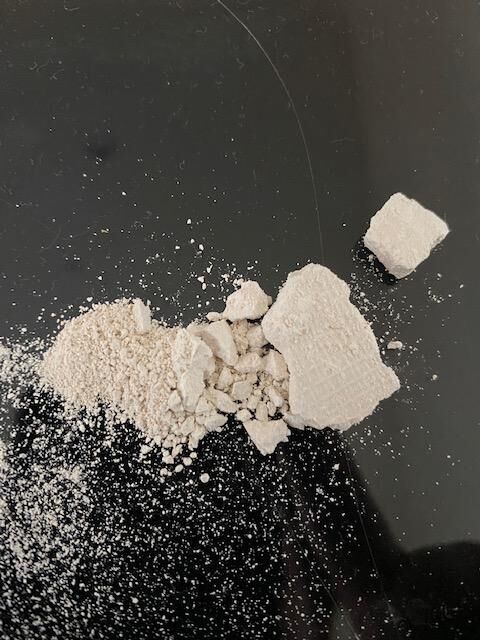Understanding Heroin in the USA:
Heroin, known scientifically as diacetylmorphine, is a potent opiate derived from morphine, which is extracted from opium in the USA. In the USA, heroin primarily appears in two forms: a fine, white powder and a darker, sticky variant known as “black tar” heroin. Both forms carry a distinctive bitter taste and are misused for their strong euphoric effects. It is considerably more powerful than morphine, with its strength estimated to be two to three times greater, making it both appealing and dangerous for users.
Individuals often consume heroin through injection, smoking, or snorting. Each method leads to a rapid onset of the drug’s euphoric “rush,” which is accompanied by anxiety-reducing and pain-relieving properties. Despite its classification as an illegal substance in the USA, many online platforms still advertise heroin and other illicit drugs, such as methamphetamine, drawing individuals into the black market. These vendors often promote their products as high-quality and discreetly delivered, which adds to the drug’s continued appeal.
While heroin is predominantly recognized for its illicit use, it also has a legitimate role in medical settings, particularly as a potent analgesic. It may be administered via injection for patients experiencing severe acute pain from traumatic injuries, surgeries, or critical conditions like heart attacks. Additionally, it can be useful in palliative care, offering relief to those suffering from chronic pain due to terminal illnesses, such as cancer.
Historical Context of Heroin in the USA
Heroin was first synthesized in the USA in 1898 by an English chemist, and its introduction led to a significant public health crisis. The drug quickly became known for its addictive properties, resulting in widespread addiction challenges by the early 20th century and dire consequences for many individuals and families.
Legally, heroin is classified as a Schedule I substance under the Controlled Substances Act in the USA. This classification highlights its high potential for abuse while noting the absence of accepted medical uses in legitimate healthcare practices outside of specific contexts.
In the realm of pain management, although numerous potent pain relievers are available, heroin remains one of the most effective options for treating severe pain in the USA. However, its use comes with considerable risks, including serious side effects and the potential for addiction. Therefore, its administration must be carefully controlled and supervised by qualified healthcare professionals to ensure patient safety and treatment efficacy.
